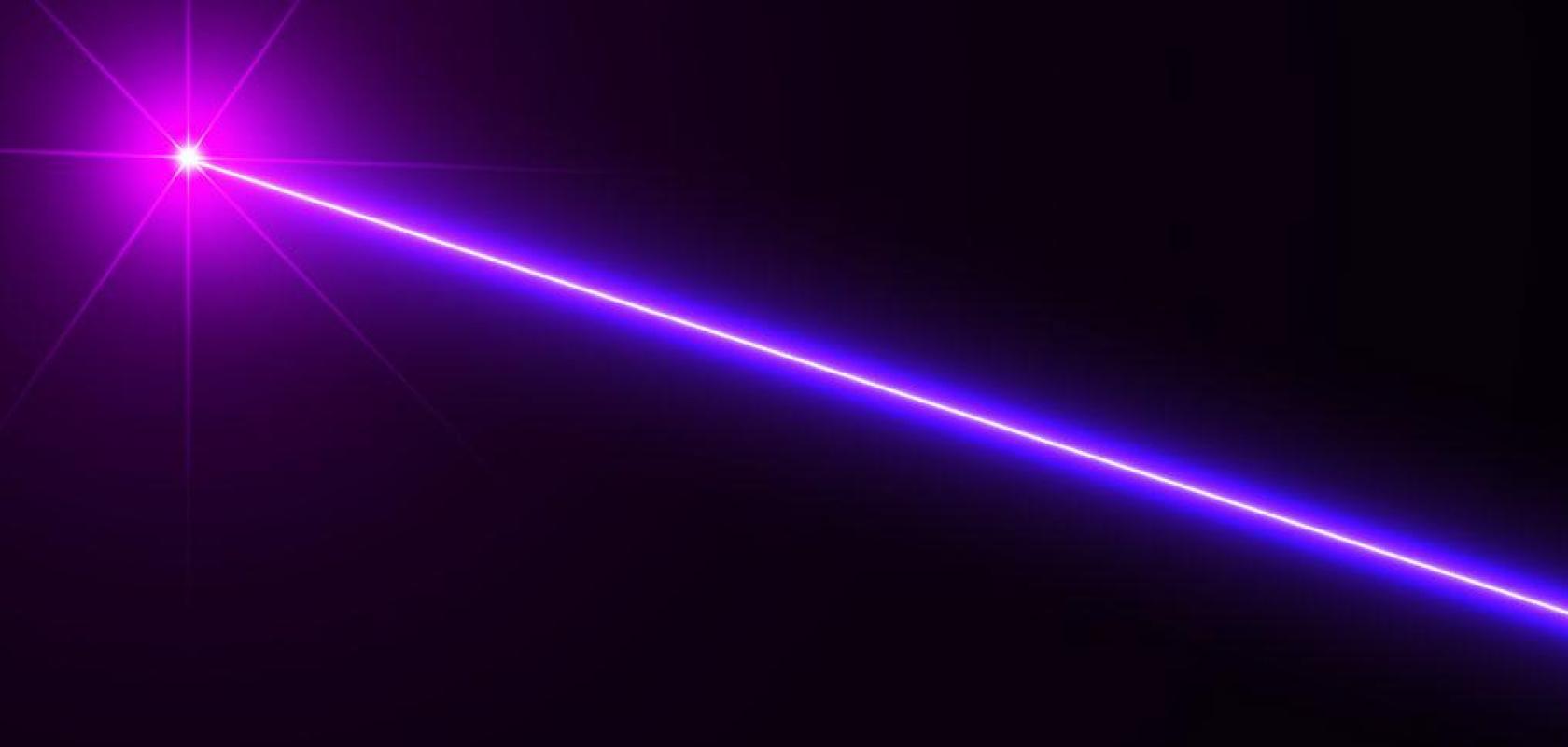A team of researchers from the Tsukuba Research Center for Energy Materials Science at the University of Tsukuba in Japan have successfully demonstrated a new method of producing ionic liquid microdroplets that can work as flexible, long-lasting, and pneumatically tunable lasers.
The scientists say that existing droplet lasers are unable to operate under ambient conditions without evaporating, whereas the new development may enable lasers that can be used in everyday settings.This could help lead to the development of new airflow detectors or more flexible and less expensive optical communication devices.
An artificial lotus effect was used to create liquid droplets that can act like lasers while remaining stable for up to a month. This replicates the self-cleaning properties of the lotus flower: thanks to microscopic bumps in the leaf, water droplets are able to form near-perfect spheres and roll off, taking dust with them.
The researchers selected ionic liquid, 1-ethyl-3-methylimidazolium tetrafluoroborate (EMIBF4) due to slow evaporation properties and relatively large surface tension. This liquid is mixed with a dye allowing it to become a laser. Then, a quartz substrate is coated with tiny fluorinated silica nanoparticles, allowing the surface to repel liquids. When the EMIBF4 is deposited on it from a pipette, the tiny droplets remain almost completely spherical. The researchers demonstrated that the droplet could remain stable for at least 30 days.
The droplet’s shape and stability allow it tomaintain an optical resonance when excited with a laser pumping source. Blowing nitrogen gas can shift the laser peaks in the range of 645 to 662nm by slightly deforming the droplet shapes. It can also be used as a very sensitive humidity sensor or airflow detector.
Commercial inkjet printing apparatus was employed, equipped with a printer head that can work with a viscous liquid. The team found that the printed arrays of laser droplets worked without the need for further treatment. They say their findings indicate that production is highly scalable and easy to perform, so that it can be readily applied to manufacture inexpensive sensors or optical communication devices. The research was published in Laser & Photonics Reviews.
First author Professor Hiroshi Yamagishi explains: "The desired morphological and optical properties of the droplet were predicted by mathematical calculations to remain even when exposed to gas convection. This is, to our knowledge, the first liquid laser oscillator that is reversibly tunable by the gas convections.”


